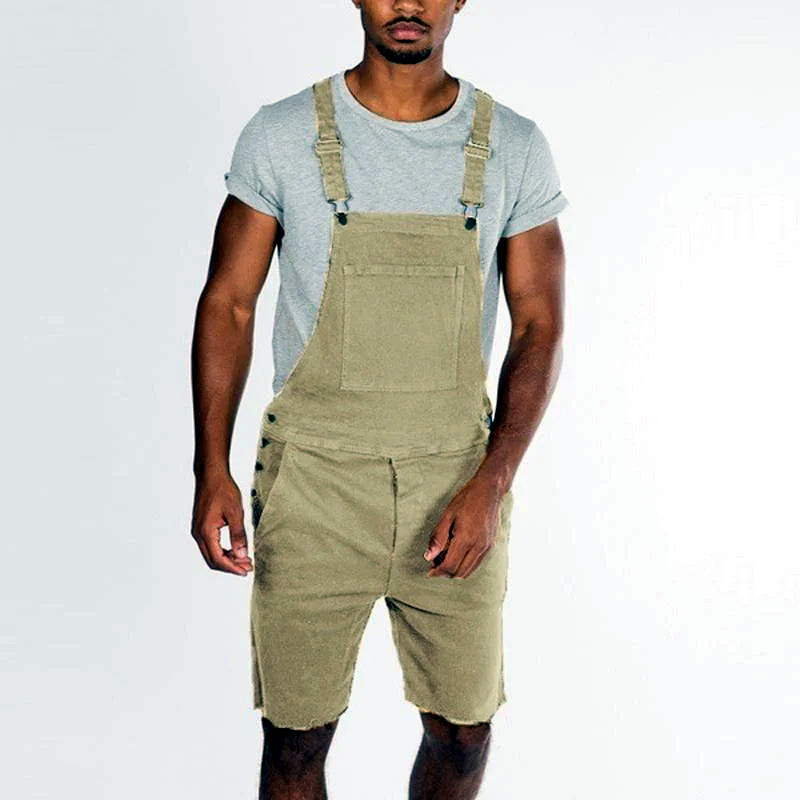Men’s streetwear as a distinct fashion movement can be traced back to the late 1970s and early 1980s, emerging from the urban landscapes of cities like New York and Los Angeles. This period marked the convergence of various cultural influences, including the rise of hip-hop music and graffiti art, as well as the growing popularity of skateboarding and other urban subcultures.
During this time, streetwear began to take shape as a style that reflected the attitudes and aesthetics of these urban communities. Key elements of early men’s streetwear included graphic t-shirts, baggy jeans, sneakers, and accessories such as caps and chains. Brands like Stüssy, Supreme, and FUBU were among the pioneers in shaping this emerging fashion movement, catering to individuals seeking clothing that resonated with their urban lifestyles and cultural affiliations.

As the 1990s unfolded, men’s streetwear continued to evolve, drawing inspiration from a diverse range of sources, including sports, music, and art. This era saw the increasing influence of athletic wear and sportswear aesthetics, with brands like Nike, adidas, and PUMA playing a significant role in shaping the look and feel of streetwear.
The early 2000s marked a period of expansion and diversification for men’s streetwear, as the movement gained global momentum and began to intersect with elements of high fashion and luxury brands. This fusion of streetwear with high-end fashion contributed to the creation of a more eclectic and diverse streetwear landscape, where individuals could express their personal style through a mix of casual and elevated pieces.
In recent years, the influence of streetwear men’s fashion has continued to grow, with collaborations between streetwear labels and high-end fashion houses, as well as the rise of social media, contributing to the widespread popularity and visibility of streetwear culture.
Today, men’s streetwear remains a dynamic and influential force in the fashion world, offering individuals a platform for self-expression and creativity, while continually evolving to reflect the ever-changing tastes and preferences of a diverse and global community.